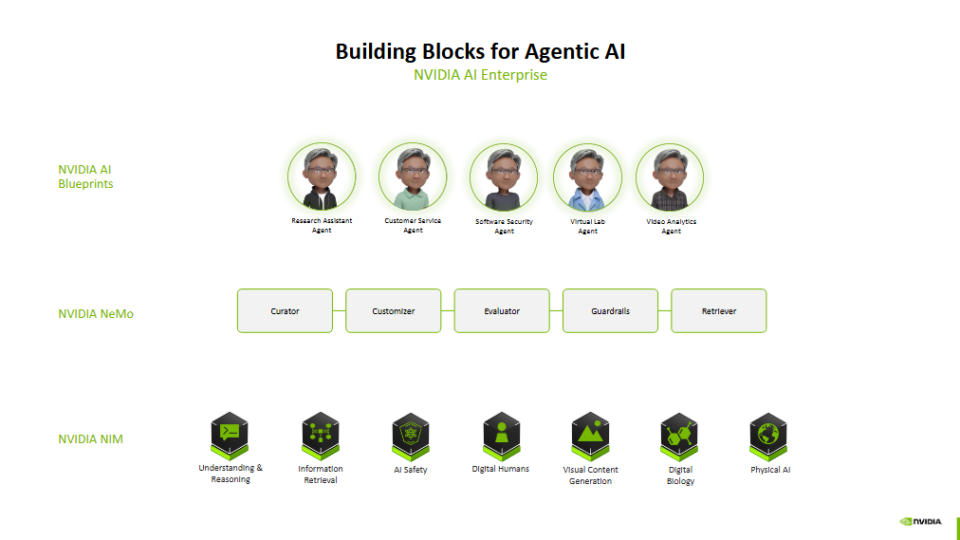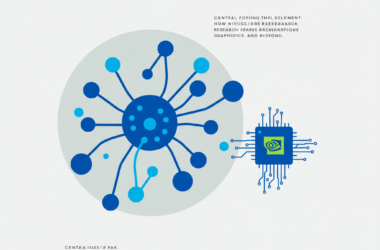
The evolving landscape of digital commerce is being redefined by the integration of advanced AI agents, which are transforming the online shopping experience by addressing the challenges of an overwhelming array of product choices. These intelligent systems harness customer data to deliver personalized recommendations, streamline the decision‐making process, and ultimately enhance consumer engagement in an increasingly competitive digital marketplace.
AI agents capture data from every digital interaction and leverage technologies such as agentic AI and generative AI to develop enriched, tailored shopping journeys. Recent research in the retail and consumer packaged goods industry shows that many companies are prioritizing hyper-personalized recommendations as a key aspect of their digital transformation strategies.
These intelligent shopping assistants offer a range of benefits that significantly improve the overall customer experience, including:
- Personalized Experiences: By analyzing customer insights alongside detailed product information, AI agents can emulate the expertise of top sales associates, stylists, or designers. This results in tailored product recommendations, improved decision-making, and higher customer satisfaction.
- Enhanced Product Knowledge: AI-driven catalog enrichment adds explanatory titles, thorough descriptions, and essential attributes—such as size, warranty, and sustainability factors—to products, making them more discoverable and increasing consumer confidence.
- Omnichannel Support: These digital assistants seamlessly integrate digital and physical shopping experiences, ensuring smooth customer transitions between online and in-store environments.
- Virtual Try-On Capabilities: With real-time visualization tools, shoppers can see how products might look on them or in their living spaces, potentially reducing return rates by setting realistic expectations.
- 24/7 Availability: Around-the-clock support across various time zones and languages allows AI agents to assist customers whenever they need help.
In practical applications, AI is making significant strides in areas such as catalog enrichment and search optimization. For instance, automating the enhancement of product listings with consumer-focused details—ranging from fundamental specifications like size and color to technical information including compatibility and warranty—helps brands present more comprehensive product data. Retailers like Amazon have implemented generative AI solutions powered by NVIDIA’s TensorRT-LLM library. This innovation enables sellers to transform basic product descriptions into fully enriched listings, thereby widening their market reach while optimizing operational efficiency.
Similarly, improvements in search technology have been driven by AI agents that utilize semantic understanding and personalization. By integrating these capabilities, platforms such as Amazon Music have enhanced their search functions—processing even vague or error-laden queries more effectively. The resulting advancements not only decrease search times but also significantly reduce operational costs.
Retailers are also embracing AI-powered shopping assistants that build upon enhanced catalogs and advanced search capabilities. These assistants provide detailed, contextually relevant responses to customer queries, guiding shoppers through every step of the buying process with an almost human touch.
One notable example is the SoftServe Gen AI Shopping Assistant, developed using the NVIDIA AI Blueprint for retail shopping assistants. This tool offers an integrated shopping experience replete with features such as virtual try-on capabilities, allowing customers to preview how clothing and accessories will appear in real time.
At the core of these innovations are a set of fundamental technologies that enable highly effective AI shopping agents. Key components include:
- Multimodal and Multi-Query Capabilities: These agents can respond to combined text and image inputs, making search and recommendation processes far more versatile. They are also adaptable to additional modalities such as voice.
- Integration with Large Language Models: Advanced language models, including the NVIDIA Llama Nemotron family, empower AI agents with robust reasoning abilities, facilitating natural and humanlike conversational interactions. The NVIDIA NIM microservices further support smooth integration with development frameworks and workflows.
- Management of Structured and Unstructured Data: With the help of NVIDIA NeMo Retriever microservices, these systems can ingest, embed, and analyze diverse data sources—from customer preferences to detailed product imagery—ensuring that recommendations are both accurate and contextually relevant.
- Guardrails for Safe, On-Topic Conversations: Implementation of NVIDIA NeMo Guardrails helps maintain the quality and safety of interactions, protecting brand values while boosting customer trust.
- State-of-the-Art Simulation Tools: Platforms like NVIDIA Omniverse, in combination with partner simulation technologies, enable customers to visualize products in physically accurate environments. This is particularly useful for items such as furniture, where customers can preview how a piece might look in their own living spaces.
The following diagram illustrates the various NVIDIA building blocks that contribute to constructing sophisticated agentic AI applications:

It is clear that as retailers continue to integrate these advanced AI agents, consumers can expect more predictive, personalized, and immersive shopping experiences. With further integration of augmented- and virtual-reality technologies, the future of digital commerce promises to be even more engaging and customer-centric.
For additional information on the technological framework enabling these advancements, please visit the AI Blueprint for retail shopping assistants.
Image credit: – Archives Page 1 | NVIDIA Blog








